Home>diy>Building & Construction>What Is The Most Common Injury In Construction
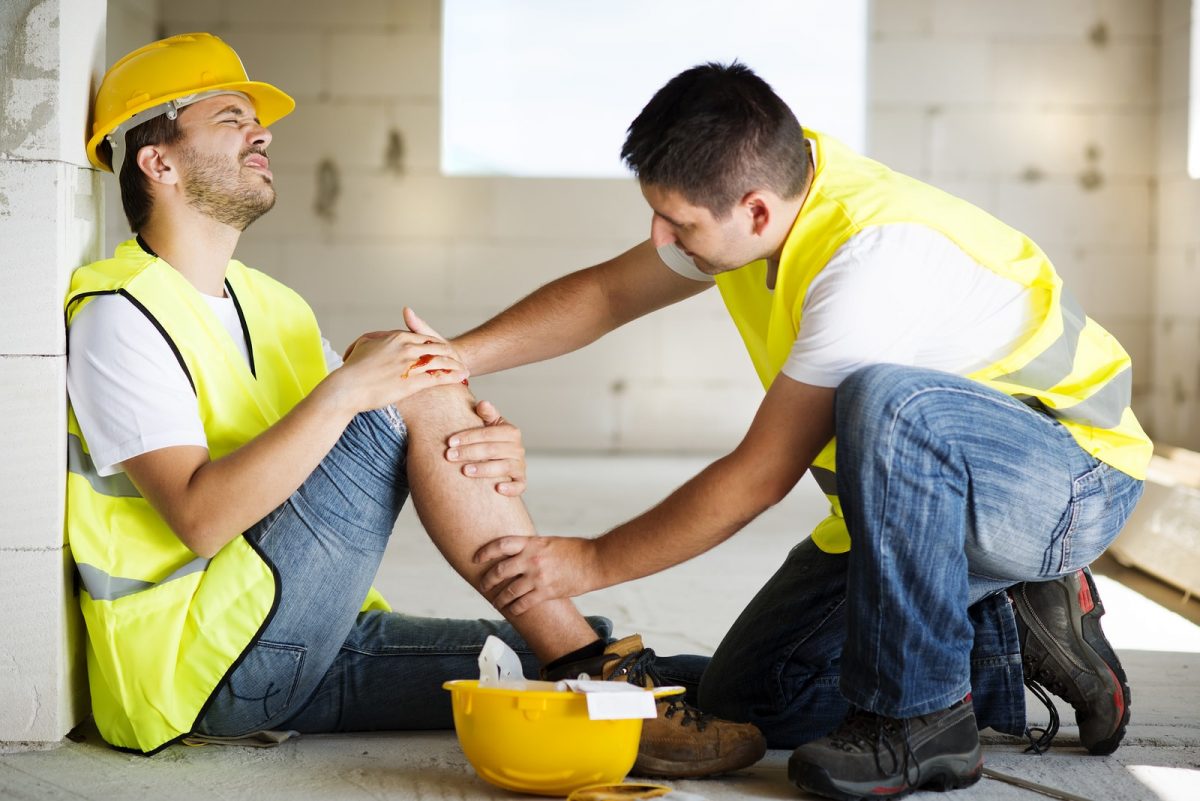

Building & Construction
What Is The Most Common Injury In Construction
Modified: December 7, 2023
Learn about the most common injury in building construction and how to prevent it. Stay safe on the construction site with these tips.
(Many of the links in this article redirect to a specific reviewed product. Your purchase of these products through affiliate links helps to generate commission for Storables.com, at no extra cost. Learn more)
Introduction
Construction is a dynamic and physically demanding industry that plays a crucial role in building the world we live in. From towering skyscrapers to intricate bridges, construction projects require meticulous planning, expert craftsmanship, and a focus on safety. However, despite the best efforts to ensure a safe working environment, construction workers are still susceptible to injuries and accidents.
Understanding the common injuries that occur in the construction industry is essential for both workers and employers. It allows for the implementation of preventive measures and the recognition of potential hazards, ultimately reducing the risk of injuries and promoting a safer work environment.
This article aims to shed light on the most common injury in construction and delve into its causes, prevention, and the significance of identifying other common injuries in the field.
Key Takeaways:
- Falls are the most common and serious injury in construction, emphasizing the need for comprehensive safety measures, proper training, and a strong safety culture to prevent accidents and protect workers.
- Identifying common injuries in construction allows for targeted preventive measures, improved safety standards, and reduced costs, ultimately creating a safer work environment and empowering workers with knowledge and tools for protection.
Understanding Construction Injuries
Construction sites are filled with various hazards that pose risks to workers’ safety. As a result, the construction industry experiences a high rate of injuries compared to other sectors. These injuries can range from minor cuts and bruises to more serious incidents, such as falls or being struck by objects.
Common construction injuries can be categorized into several types, including falls, electrocutions, struck-by incidents, and caught-in/between accidents. Each type of injury brings its own set of risks and requires specific safety measures to prevent them. It is crucial for workers and employers alike to understand the nature of these injuries to effectively eliminate or minimize their occurrence.
Construction injuries can cause physical pain, emotional distress, and financial burden for both workers and their families. They can result in medical expenses, lost wages, and prolonged rehabilitation periods. Furthermore, injuries can have long-term consequences, such as permanent disabilities or chronic pain. Therefore, it is vital to prioritize safety on construction sites to protect the well-being of workers and prevent unnecessary suffering.
Various factors contribute to the occurrence of construction injuries. These include inadequate safety training, lack of personal protective equipment (PPE), unsafe working conditions, and human error. By addressing these factors and implementing proactive safety measures, it is possible to mitigate the risks and reduce the number of injuries on construction sites.
Next, we will explore the significance of identifying the most common injuries in construction and their prevention methods.
Importance of Identifying Common Injuries in Construction
Identifying common injuries in the construction industry plays a pivotal role in preventing accidents and promoting a culture of safety. By understanding the types and causes of injuries that are prevalent in the field, workers and employers can take appropriate measures to mitigate risks. Here are a few key reasons why it is important to identify common injuries in construction:
- Prevention: Knowledge of common injuries allows for the implementation of targeted preventive measures. By identifying the recurring types of accidents, safety protocols can be tailored to address these specific risks. This can include providing proper training, enforcing the use of safety equipment, and maintaining a clean and organized work environment.
- Education and Awareness: Identifying common injuries helps raise awareness among construction workers about the potential hazards they may encounter on the job. It allows for the dissemination of information on how to recognize and avoid dangerous situations. This knowledge empowers workers to take proactive measures to protect themselves and their colleagues, fostering a culture of safety on construction sites.
- Improving Safety Standards: When the most common injuries are identified, it prompts industry stakeholders to reevaluate safety standards and regulations. Recognizing the prevalent accidents can lead to the development of more effective safety guidelines and regulations that better address the specific risks faced by construction workers. This, in turn, promotes a safer working environment across the industry.
- Reducing Costs: Identifying and addressing common injuries can have significant financial benefits for both workers and employers. By preventing accidents and injuries, the associated costs, such as medical treatments, compensations, and productivity losses, can be minimized. This not only benefits individual workers and their families but also enhances the overall financial stability of construction companies.
Overall, identifying common injuries in construction is not merely an intellectual exercise but a crucial step in creating a safer work environment for all. It empowers workers with knowledge, facilitates targeted preventive measures, and fosters a culture of safety. By proactively working to mitigate risks, we can strive towards a construction industry where accidents and injuries become a thing of the past.
The Most Common Injury in Construction: Falls
When it comes to construction-related injuries, falls are by far the most common and significant hazard. Whether it’s a fall from a height, such as a scaffold or ladder, or a slip and trip on the ground level, falls can result in serious injuries and even fatalities.
Construction workers often perform tasks at elevated heights, exposing them to the risk of falls. These can occur due to unstable scaffolding, lack of fall protection systems, slippery surfaces, improper use of ladders, or inadequate safety measures. The consequences of falls can be severe, including broken bones, head injuries, spinal cord injuries, and even death.
The causes of falls in the construction industry are multifaceted. One common factor is a lack of proper safety training and awareness. Many workers may not be adequately trained on how to use fall protection equipment or how to identify and avoid potential fall hazards. In addition, negligence in following safety protocols, such as failing to use guardrails or securing ladders, can increase the risk of falls.
Moreover, falls can also occur when working in adverse weather conditions, such as rain or snow, which can make surfaces slippery. Rushing or trying to complete tasks quickly without taking proper precautions can also lead to accidents. It is essential for workers and employers to be vigilant, prioritize safety, and take proactive steps to prevent falls on construction sites.
Preventing fall-related injuries requires a multi-faceted approach that includes several safety measures. The use of proper fall protection equipment, such as harnesses, guardrails, and safety nets, is crucial. Regular inspections and maintenance of scaffolding and ladders are essential to ensure their stability and integrity. Providing comprehensive safety training, highlighting the importance of fall prevention, and reinforcing safe practices are also vital.
Furthermore, employers should establish a strong safety culture that encourages open communication about hazards and empowers workers to report unsafe conditions or situations. Regular safety audits, risk assessment, and hazard identification should be conducted to identify and address any potential fall hazards on construction sites.
By prioritizing fall prevention and implementing comprehensive safety measures, the construction industry can significantly reduce the number of fall-related injuries. Ensuring that workers have the necessary knowledge, training, and equipment to safeguard against falls is a crucial step towards creating a safer working environment.
Always wear proper personal protective equipment (PPE) such as hard hats, gloves, and steel-toed boots to reduce the risk of head injuries, hand injuries, and foot injuries, which are the most common in construction.
Causes of Falls in the Construction Industry
Falls are the leading cause of injuries and fatalities in the construction industry. It is important to understand the root causes of these falls in order to effectively prevent them. Let’s explore some of the common causes of falls in the construction industry:
- Unprotected edges and openings: Construction sites often have unprotected edges, such as rooftops, ledges, and floor openings. Workers can easily overlook these hazards or fail to use proper fall protection measures, leading to falls.
- Improper ladder use: Ladders are commonly used in construction, but they pose a significant risk if not used correctly. Using the wrong type of ladder for the task, placing the ladder on an unstable surface, or failing to secure the ladder can all contribute to falls.
- Faulty scaffolding: Scaffolding is another common feature on construction sites. Falls from scaffolding can occur due to defective or improperly assembled scaffolding, lack of guardrails, or inadequate access points.
- Slippery surfaces: Construction sites can become hazardous when surfaces are wet, icy, dusty, or covered in debris. Such conditions increase the risk of slipping and falling, particularly when workers are working at heights.
- Improper use of fall protection equipment: Fall protection equipment, such as harnesses and safety nets, is essential for preventing falls. However, ineffective use or failure to wear the equipment properly can compromise its effectiveness and increase the risk of falls.
- Lack of training and awareness: Insufficient training on fall prevention measures and a lack of awareness about potential hazards can contribute to falls in the construction industry. When workers are not adequately educated on safety protocols or fail to recognize potential risks, they are more likely to experience accidents.
- Pressure to meet deadlines: The fast-paced nature of construction projects can create pressure to meet tight deadlines. This can lead to workers rushing tasks and disregarding safety precautions, increasing the likelihood of falls.
- Communication breakdown: Inadequate communication between workers, supervisors, and contractors can lead to confusion or misunderstandings about safety protocols. When everyone is not on the same page regarding safety measures, the risk of falls can increase.
By confronting these causes head-on and implementing effective preventive measures, the construction industry can significantly reduce falls and promote a safer working environment for all workers. It is crucial for employers to prioritize safety training, enforce adherence to safety protocols, and regularly inspect and maintain equipment and work areas for potential fall hazards.
Prevention and Safety Measures for Fall-Related Injuries
Preventing fall-related injuries is of utmost importance in the construction industry. By implementing comprehensive safety measures, workers can be protected from the hazards associated with falls. Here are some effective prevention and safety measures to mitigate fall-related injuries:
- Proper Training: Providing comprehensive training programs on fall prevention is crucial. Workers should be educated on the proper use of fall protection equipment, such as harnesses, lanyards, and guardrails. Training should also cover hazard recognition, safe work practices, and emergency procedures.
- Equipment and PPE: Employers should ensure that the necessary fall protection equipment and personal protective equipment (PPE) are readily available and in good working condition. This includes harnesses, lanyards, lifelines, safety nets, and hard hats. It is essential to regularly inspect and maintain this equipment to ensure its effectiveness.
- Scaffolding Safety: When working on scaffolding, it should be properly erected, stable, and equipped with guardrails. Regular inspections should be conducted to identify any defects or potential hazards. Workers should be trained on correct scaffold usage and the importance of not exceeding the maximum load capacity.
- Ladder Safety: Workers should receive training on ladder safety, including selecting the right ladder for the task, setting up ladders on stable surfaces, and maintaining three-point contact while ascending or descending. Ladders should always be inspected for defects and properly secured.
- Fall Restraint and Arrest Systems: Fall protection systems, such as fall restraint and fall arrest systems, should be implemented when working at heights. These systems are designed to prevent falls or minimize the impact of falls, respectively.
- Housekeeping: Maintaining a clean and organized work environment is essential to prevent slips, trips, and falls. Construction sites should be regularly cleaned to remove debris, spills, and other potential hazards that could cause accidents.
- Communication and Collaboration: Effective communication and collaboration between workers, supervisors, and contractors help ensure that everyone is aware of safety procedures, potential hazards, and emergency protocols. This encourages a collective effort to prioritize safety and prevent falls.
- Regular Inspections: Regular inspections of the construction site should be conducted to identify and address any potential fall hazards. This includes inspecting edges, openings, scaffolding, ladders, and other elevated work areas. Any issues or defects should be rectified promptly.
- Continuous Safety Training: Safety training should not be a one-time event. Employers should implement ongoing safety training programs to reinforce safe work practices and educate workers on any new fall prevention techniques or equipment.
By implementing these prevention and safety measures, the construction industry can significantly reduce the occurrence of fall-related injuries. It is essential for employers, supervisors, and workers to work together and prioritize safety at all times, ensuring a safer and more productive working environment.
Other Common Injuries in Construction
While falls are the most common type of injury in construction, there are several other hazards that can result in accidents and injuries on construction sites. Let’s explore some of the other common injuries that workers may face:
- Struck-by Accidents: Construction sites are busy environments with various moving objects and heavy machinery. Workers can be struck by falling objects, swinging equipment, or vehicles, resulting in serious injuries. Proper communication, clear signage, and the use of personal protective equipment, such as hard hats, can help prevent struck-by accidents.
- Caught-in/Between Accidents: Workers can become caught in or between heavy machinery, equipment, or materials. Excavation collapses, being caught in machinery, or being crushed by materials are all potential hazards. Proper training, adherence to safety protocols, and cautious operation of machinery are essential to prevent these accidents.
- Electrocutions: Construction sites often involve electrical work, putting workers at risk of electrocutions. Coming into contact with live wires, faulty equipment, or inadequate grounding can result in severe electrical shocks. Employers should ensure that workers are properly trained in electrical safety and that safe work practices are followed at all times.
- Musculoskeletal Injuries: Construction work is physically demanding and repetitive, placing strain on the musculoskeletal system. Back injuries, strains, sprains, and repetitive motion injuries are common occurrences. Providing ergonomic tools, promoting proper lifting techniques, and incorporating regular breaks and stretching exercises can help prevent these injuries.
- Respiratory Issues: Inhalation of hazardous substances, such as dust, fumes, or chemicals, can lead to respiratory problems. Dust from construction materials, fumes from welding or painting, and exposure to toxic substances are risks that workers may face. The use of personal protective equipment, proper ventilation, and adherence to safety protocols can protect workers from respiratory issues.
- Heat-related Illnesses: Construction work often takes place outdoors, exposing workers to heat stress and the risk of heat-related illnesses, such as heat exhaustion or heatstroke. Providing adequate hydration, shade, and rest breaks, as well as educating workers on recognizing and managing the signs of heat stress, are important preventive measures.
- Cuts, Abrasions, and Puncture Wounds: Construction sites may have sharp objects, exposed nails, or protruding materials that can cause cuts, abrasions, or puncture wounds. Proper training, the use of appropriate personal protective equipment, and regular inspections of the work area can minimize the risk of these injuries.
It’s important to recognize that each construction site has its own unique set of risks and potential hazards. Conducting a thorough risk assessment, addressing specific hazards, and providing relevant safety training and equipment are essential to prevent accidents and injuries on construction projects.
Conclusion
The construction industry is inherently challenging and carries significant risks for workers. However, by understanding and addressing the common injuries that occur in construction, we can create safer working environments and protect the well-being of construction workers.
Falls are the most common and serious injury in the construction industry. Addressing the causes of falls, such as unprotected edges, improper ladder use, faulty scaffolding, and slippery surfaces, is crucial. Implementing safety measures, providing proper training, and enforcing the use of fall protection equipment are key in preventing falls on construction sites.
Additionally, other common injuries in construction, such as struck-by accidents, caught-in/between accidents, electrocutions, musculoskeletal injuries, respiratory issues, heat-related illnesses, and cuts/abrasions/puncture wounds, should not be overlooked. By recognizing these hazards and taking proactive measures, such as providing appropriate personal protective equipment, conducting regular inspections, and promoting safe work practices, we can mitigate the risks associated with these injuries.
It is important for employers, supervisors, and workers to prioritize safety at all times. This includes continuous safety training, maintaining effective communication, promoting a strong safety culture, and regularly assessing and addressing potential hazards on construction sites.
By identifying and understanding the common injuries in construction, we can enhance safety standards, improve working conditions, and reduce the number of accidents and injuries. Empowering workers with the knowledge and tools to protect themselves and fostering a culture of safety within the industry are vital for creating a sustainable and injury-free construction environment.
Let us strive towards a future where construction sites are known for their commitment to safety, where workers can perform their tasks without fearing for their well-being, and where injuries and accidents on construction projects become a thing of the past.
Frequently Asked Questions about What Is The Most Common Injury In Construction
Was this page helpful?
At Storables.com, we guarantee accurate and reliable information. Our content, validated by Expert Board Contributors, is crafted following stringent Editorial Policies. We're committed to providing you with well-researched, expert-backed insights for all your informational needs.

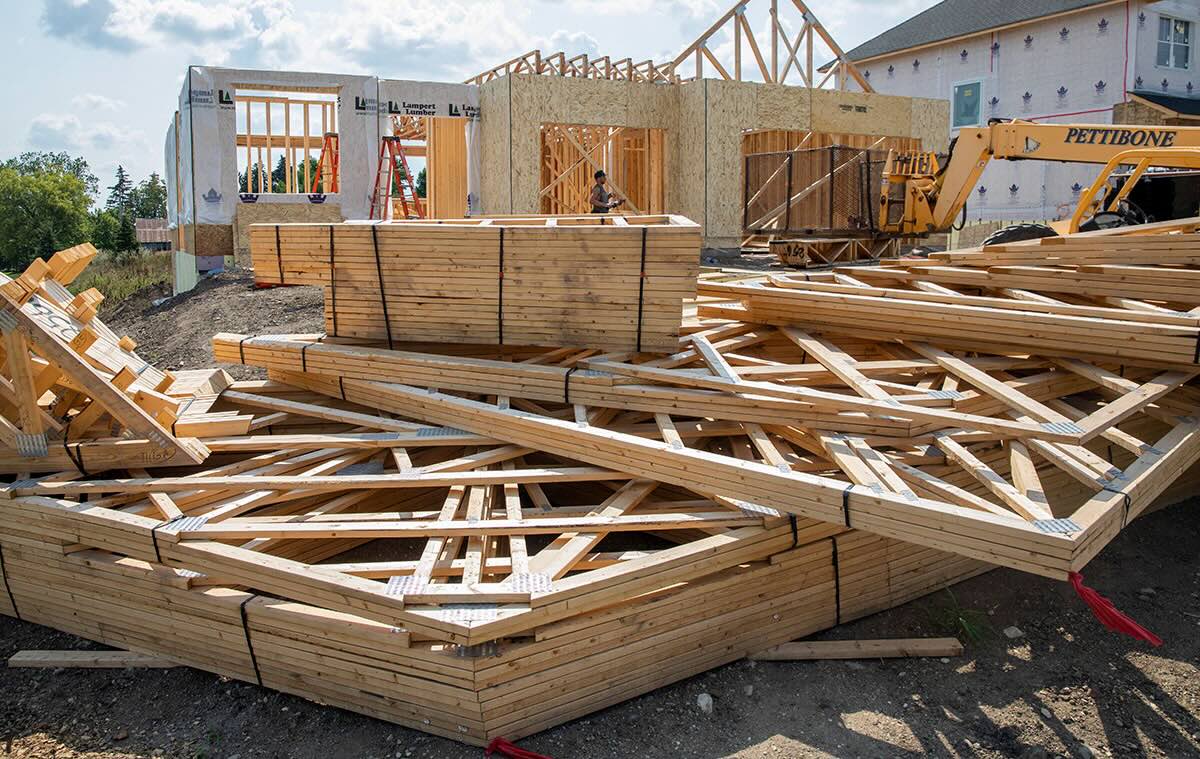






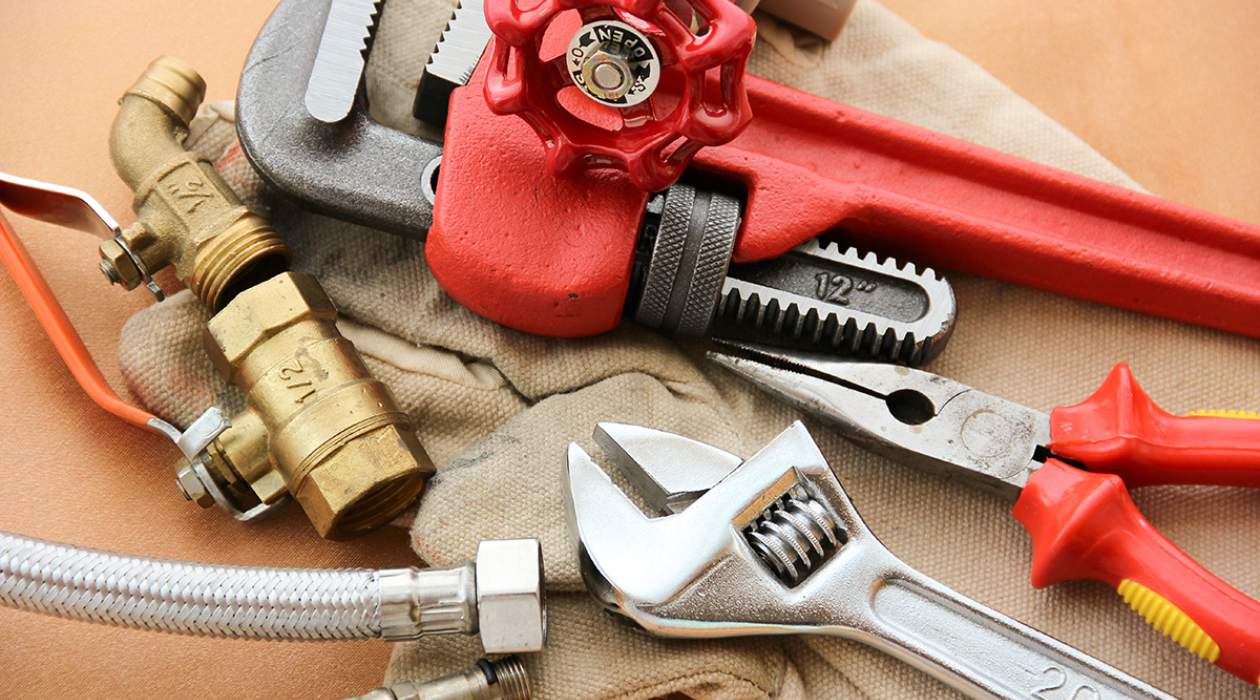
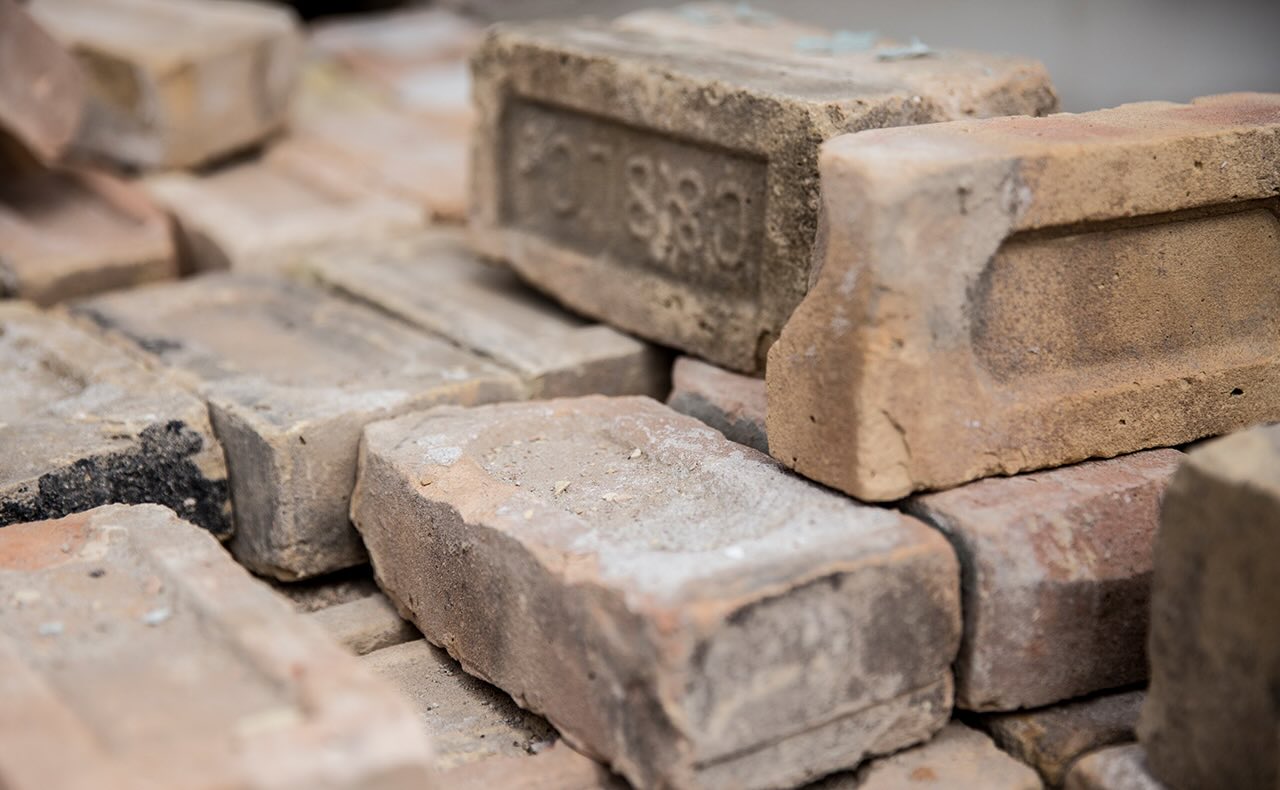
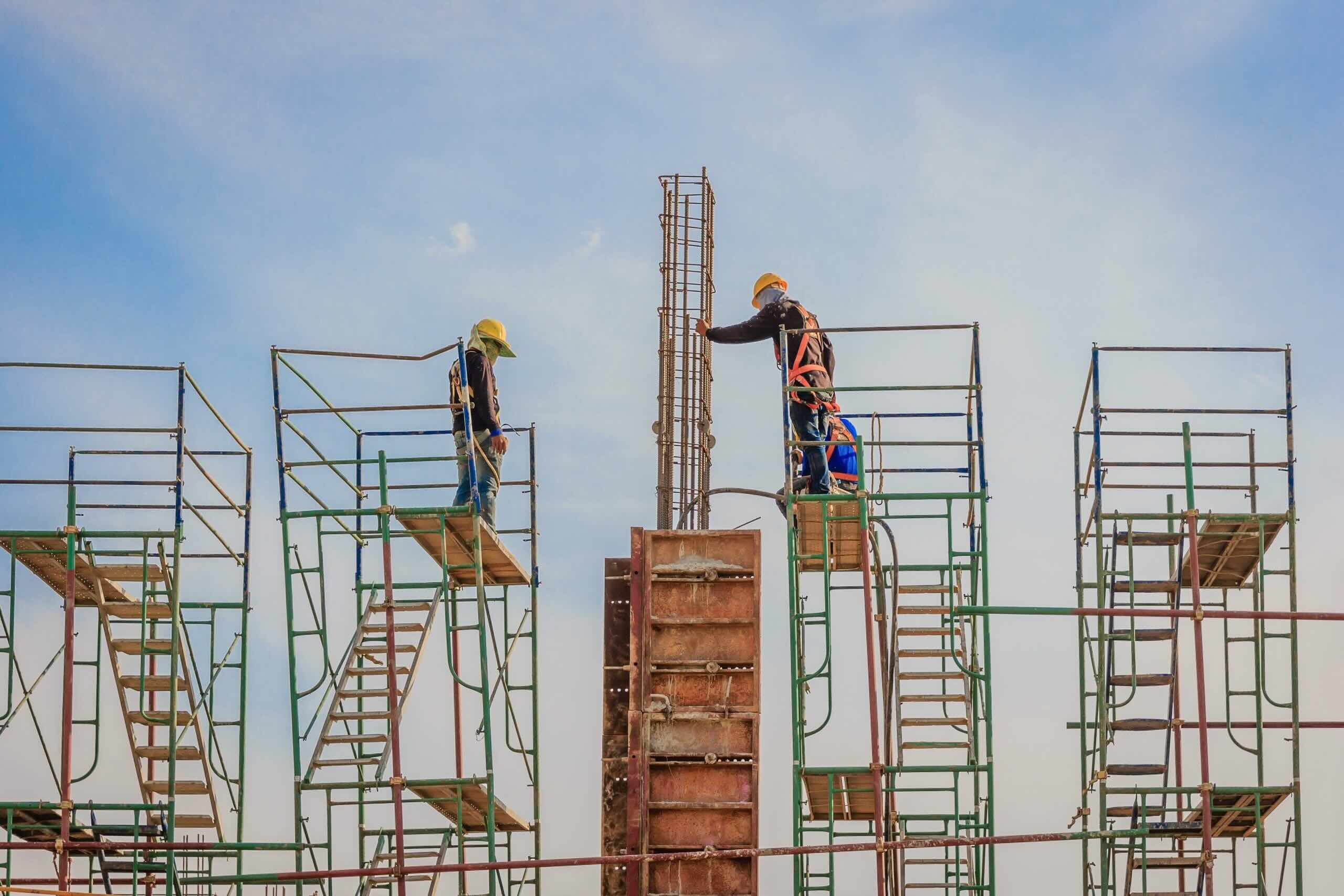




0 thoughts on “What Is The Most Common Injury In Construction”